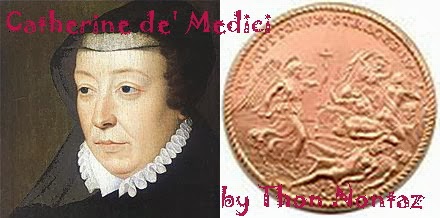Northamptonshire. Of all the countries of England , Warwickshire, probably the most attractions than any other for the reason that lies Straitford upon Avon ,
William Shakespere’s birthplace and the home to which he retired in Staffordshire where performances of Henry IV that preserves the antiquities of the town, alas at Worchestershire, and back to Woodstock 13 miles from Stratford Elizabeth
When Elizabeth had to choose a commander to fight the rebellious Earl of Tyrone in Ulster she sent Robert Devereux, the Earl of Essex on his way to Ireland
London Essex rebellion had failed for this he was sentenced beheaded on the Tower’s yard on February 25, 1601. Through the first three weeks of March in 1603 the Privy Counsil visited her and asked if she approved james VI of Scotland







No comments:
Post a Comment